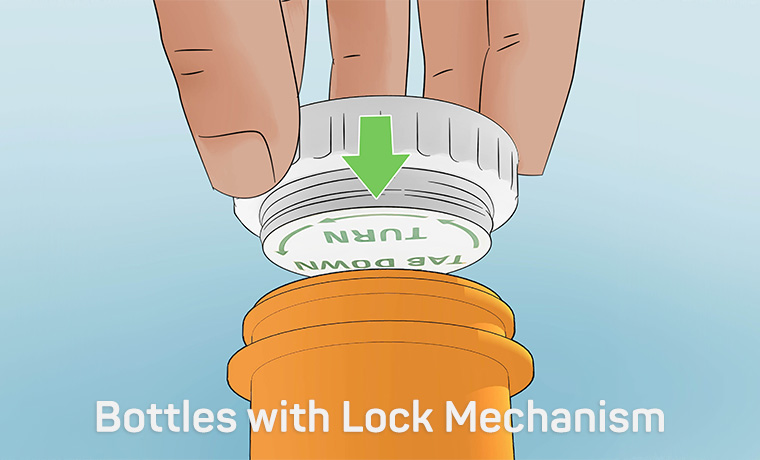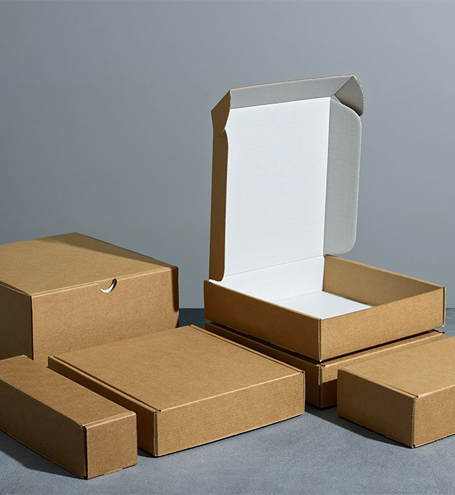Describe Four Types Of Packaging That Prevent Tampering With Medicine: Explained Guide

Several incidents related to tempering medications have been reported in recent years. This is the most serious concern that needs to be considered and addressed. Tampering with medicine is a criminal act that compromises the quality, integrity, and efficacy of drugs. It can put people's lives at stake. Tampering done accidentally or deliberately can lead to contamination and cause a severe risk to public health.
The USA's FDA (Food and Drug Authority) has set stringent regulations and a monitoring system to detect and prevent tampering with medicines to counter this issue. They aim to serve patients and consumers with safe and effective treatments.
Tampering with medicines can occur at different stages, which is hard to detect but possible. From medicine manufacturing, packaging, distribution, and reaching consumers, it can be tampered with at a stage that we need to counter. Keeping in mind these tampering stages, consumers need to be very conscious and not take medicines if they are found tampered with.
What is lacking and needs to be improved here is awareness. Medical box packaging can help tackle this serious issue and protect medicines from tampering. Stay here. In this guide, we will describe four types of packaging that prevent tampering with medicine:
- Child-resistant packaging
- Unit-of-use packaging
- Blister packs
- Bottles with lock mechanisms
So, let's discuss these types of medicine packaging. Here you go!
Role Of Pharma Packaging That Prevents Tampering With Medicine
Packaging is a must for any industry and product. No matter your industry, you need packaging to pack your products before product distribution. The same is true for medicines; they require medical boxes to preserve their originality and quality.
Tampering with packaging to access medicines means making the medication appear to have not been tampered with. This can include breaking tamper-event seals and resealing them. Proper medical packaging discourages tampering with medicines.
Should we review pharmaceutical monetary value? The pharmaceutical market earned a value of $110 billion in 2022. It is not stopping. Its estimated market value by 2032 is $400.00 billion. These stats indicate how rapidly this pharmaceutical industry is growing. That is the reason behind the demand for medicine packaging. There are four types of medical packaging to help prevent tampering. They are explained here.
1. Child Resistant Packaging

Child-resistant packaging, also known as safety packaging, is specifically designed to make it challenging for children to open. This common type of packaging is made with a push-and-turn mechanism, which allows adults to push down and turn the lid to open. This type of packaging is often used to preserve medicinal and clearing products that are injurious if consumed by children.
The child-resistant packaging can reduce the risk of incidental poisonings that threaten children. People with children at home must keep medications away from children's reach and store them in a place where they cannot be reached. Inside this packaging is a product information sheet; you must keep it in case of any emergency.
The global market value for child-resistant packaging recorded as yet in 2024 is $28.50 billion and is appraised to reach $47.07 billion by 2032. Since medicines contain chemicals that are highly risky for children if digested, child-resistant packaging is designed to make it hard for children to open. It restricts children from opening the packaging and safeguards them from any incident.
2. Unit-Of-Use Packaging

It is designed to contain and dispense one unit of a product sold in small quantities. Food, pharmaceuticals, and beauty products are suitable examples. Compared to traditional packaging, this unit-of-use packaging is more convenient for both consumers and manufacturers. They are perfect for serving a single food item. For individual pharmaceutical and beauty products, this type of packaging is ideal for holding a single small item as it can be used in the correct amount.
This is just single-unit packaging, so you don't need to open a larger package to remove the small item and throw away the unused packaging material. You can cut and separate a single-unit product using scissors from the package. Then, by applying a little pressure, you can take the product out for consumption, reducing waste and costs.
It is more efficient than other packaging options and augments the product's shelf life because the products in this type of packaging are less likely to be damaged when packed as a single unit.
3. Blister Packs

This packaging contains and protects single doses of pharmaceutical items such as pills or capsules. It is made of two small pieces of sealed plastic, and the product is shown inside.
These lightweight blister packs provide convenience and tamper evidence when carrying medications and are often used to protect the product from external damaging factors.
The medicines are sealed in bubbles and then in foil packaging to prevent tampering. If the bubbles are damaged, the foil packaging is easy to open, so it is suitable for keeping medicines out of children's reach.
The global blister packaging market is significant. Its recorded market value by 2022 was $25.63 billion and is estimated to reach $47.44 billion by 2032.
4. Bottles With Lock Mechanism

Bottles with lock mechanisms are specialized containers designed to provide secure closure and prevent tampering or unintentional opening. This lock mechanism system is often used in pharmaceuticals, chemicals, or potentially hazardous substances. They offer added security and safety features to protect the contents.
For medicines, this bottle has a lock mechanism and is of many types. Among these types is a child-resistant cap that is challenging for children to open. Apart from this, some more types are push-and-turn caps, lift-and-turn caps, and screw-on caps. Each bottle with a lock mechanism system has its features, pros, and cons, so when it comes to choosing a child-resistant cap, make the right choice to meet your needs.
The bottles with locking mechanism systems prevent the lid from being opened and restrict anyone's access to the packaging. They also prevent the bottle from being crushed, which can release the content inside.
Bottom Line
Packaging that prevents tampering with medicinal drugs is essential to preserve medicines in their original potency and help consumers take them without fear of health risks. Tampering with medicines is risky and can lead to adverse health effects for consumers. In this guide, we have explained four types of packaging that prevent tampering with medicine. Now, you will understand these four packaging types to keep your medicines safe.
If you need custom medical boxes, Custom Product Packaging is here to produce these packaging boxes in customized shapes, sizes, and styles at affordable rates. Draft us an email at orders@customproductpackaging.com to learn more about it. Or give us a quick call to book your order.




